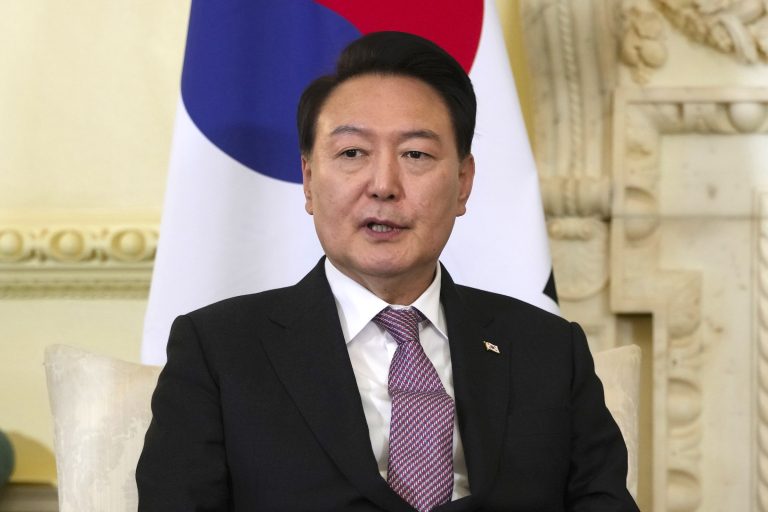China has begun to construct what independent experts believe are more than 100 new silos for intercontinental ballistic missiles in the desert outside the northwestern city of Yumen, according to researchers.
Satellite images obtained by researchers at the James Martin Center for Nonproliferation Studies based in Monterey, California indicate that work is underway at numerous sites in China’s Gansu Province.
The discovery of the activity is leading experts to speculate that China may be in the midst of significantly expanding their nuclear arsenal. The discovered sites are near exact copies of existing launch facilities for China’s stockpile of nuclear-armed ballistic missiles.
“The actual number of new missiles intended for those silos is unknown but could be much smaller. China has deployed decoy silos in the past,” the Washington Post reported.
It would be a tactic used by the U.S. and presumably other nuclear powers. American strategic forces would move missiles from silo to silo in a sort of “shell game” with the hopes of confusing their Soviet rivals.
A ‘modest’ arsenal
Success
You are now signed up for our newsletter
Success
Check your email to complete sign up
China is thought to possess between 250 and 350 nuclear weapons, compared with around 1,750 warheads declared in the U.S. arsenal. Both are far outstripped by Russia, which maintains approximately 6,400 nuclear warheads in its stockpile, including those awaiting dismantling.
Jefferey Lewis, director of the East Asia Nonproliferation Program at the Center for Nonproliferation Studies told the Washington Post that “if the silos under construction at other sites across China are added to the count, the total comes to about 145 silos under construction,” adding that, “we believe China is expanding its nuclear forces in part to maintain a deterrent that can survive a U.S. first strike in sufficient numbers to defeat U.S. missile defenses.”
The silo sites are situated approximately two miles apart and many are concealed by a large dome covering, a practice that has been observed at other known missile silo sites.
Lewis said the silos are most likely intended for a Chinese ICBM known as the DF-41. The DF-41 can carry multiple warheads and reach targets upwards of 9,300 miles away, placing the U.S. mainland within their reach.
John Supple, a Defense Department spokesman told the Washington Post that “Defense Department leaders have testified and publicly spoken about China’s growing nuclear capabilities, which we expect to double or more over the next decade.”
China’s long nuclear history
Under the leadership of Mao Zedong China’s first nuclear weapons test took place in 1964 and its first hydrogen bomb test a few years later in 1967.
Zedong did not believe that China could compete with the U.S. however did believe that having a few bombs would increase China’s diplomatic credibility.
China received assistance for their nuclear ambitions from the then Soviet Union. The Soviet Union sent advisors to assist in facilities devoted to fissile material production and in October 1957 provided a prototype bomb along with missiles and related technology.
It wasn’t until the 1980’s that China began to make headway on the miniaturization techniques required to create an arsenal that could compete with other nuclear powers like the United States and the United Kingdom.
In 2004 China stated that “among the nuclear-weapon states, China … possesses the smallest nuclear arsenal,” implying that they had fewer nuclear weapons than the United Kingdom’s estimated 200 warheads.
In 2011, one three-year study by Georgetown University concluded that China may have had an arsenal of upwards of 3,000 nuclear weapons hidden in a vast network of tunnels measuring nearly 3,000 miles. Some observers have dubbed it the “Underground Great Wall.”
However, this study came under intense scrutiny and experts concluded that China did not have the ability to produce enough fissile material to produce that extensive of an arsenal.














